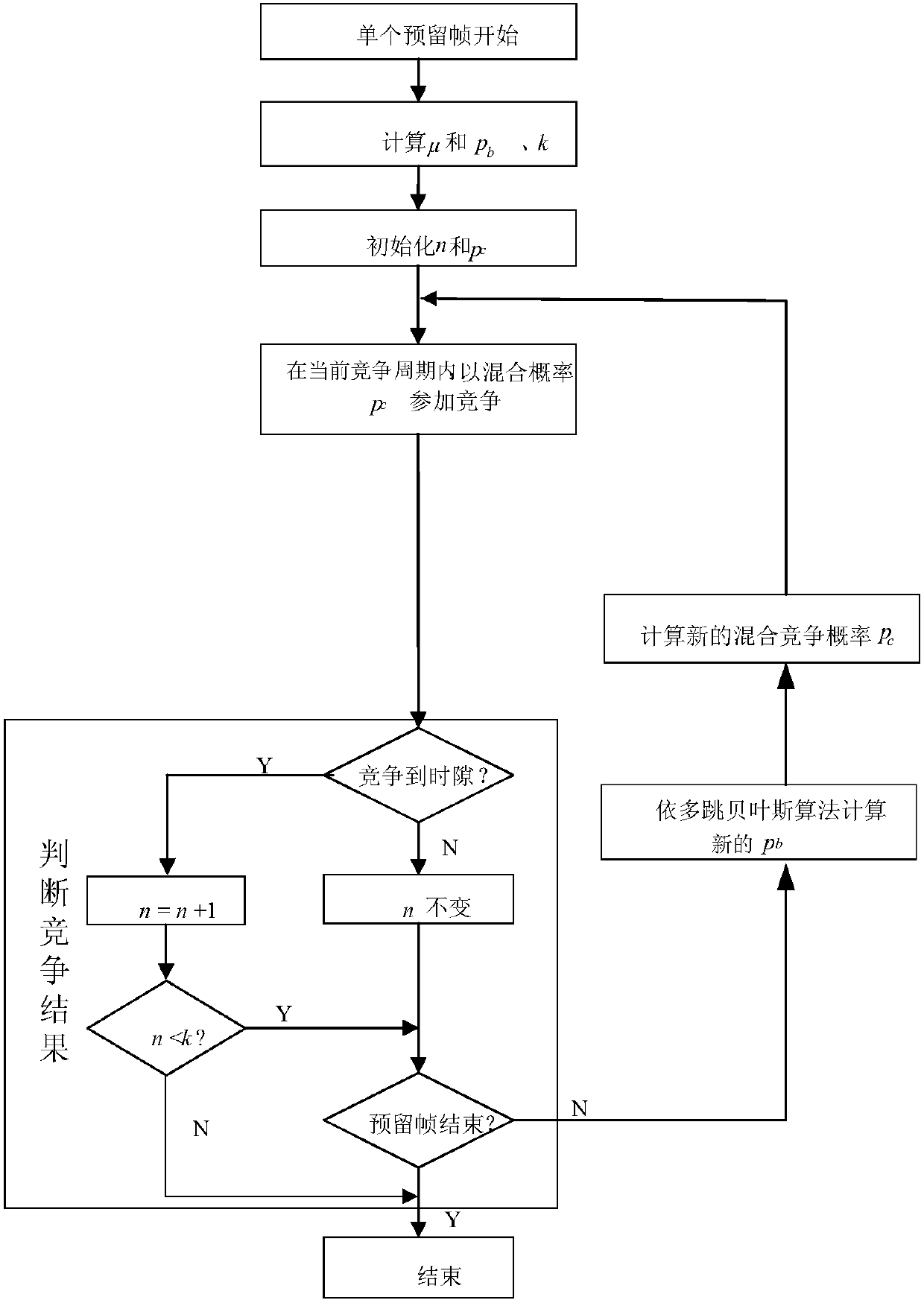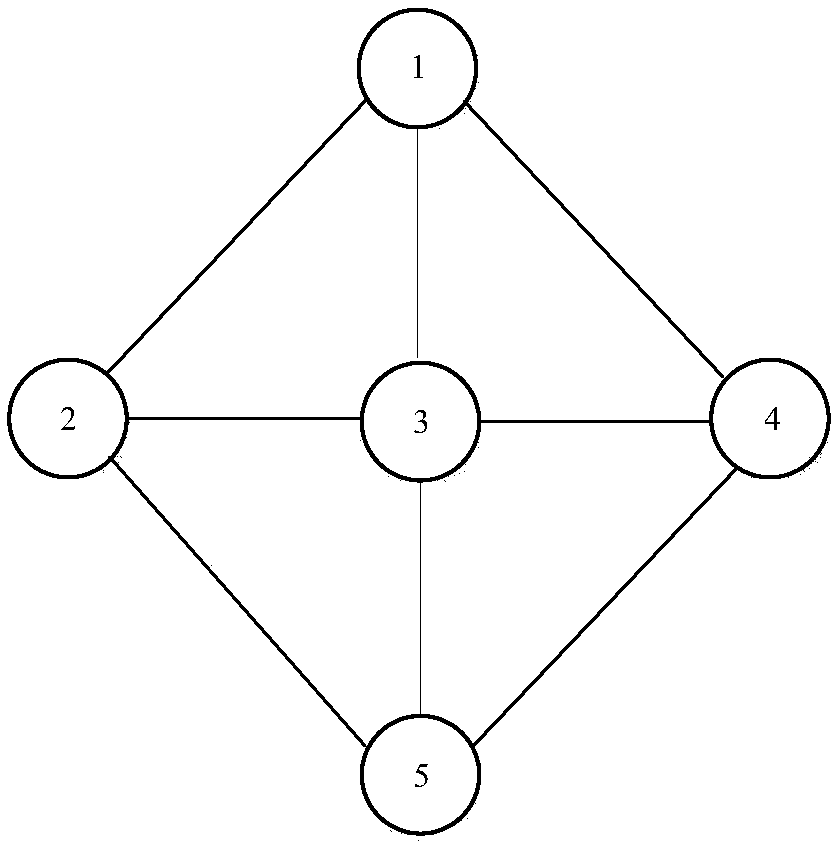Time slot on-demand distribution method based on business load of self-organizing network
A self-organizing network and business load technology, applied in the field of communication, can solve the problems of channel resource waste, time slot utilization, no consideration of node business load, etc., and achieve dynamic adaptation to business load, high time slot utilization, and low control overhead Effect
- Summary
- Abstract
- Description
- Claims
- Application Information
AI Technical Summary
Problems solved by technology
Method used
Image
Examples
Embodiment 1
[0049] The technical solutions in the embodiments of the present invention will be described in detail below in conjunction with the accompanying drawings in the embodiments of the present invention. Obviously, the described embodiments are only part of the embodiments of the present invention, not all of them. Based on the embodiments of the present invention, all other embodiments obtained by persons of ordinary skill in the art without making creative efforts belong to the protection scope of the present invention.
[0050] In the following description, a lot of specific details are set forth in order to fully understand the present invention, but the present invention can also be implemented in other ways different from those described here, and those skilled in the art can do it without departing from the meaning of the present invention. By analogy, the present invention is therefore not limited to the specific examples disclosed below.
Embodiment 1
[0052] figure 1 It is an on-demand time slot allocation process based on service load in the present invention.
[0053] figure 2 is a schematic diagram of the network topology in this embodiment, and a total of 5 nodes form a two-hop self-organizing network.
[0054] The TDMA frame structure adopted in this embodiment is as follows image 3 As shown, 1 TDMA frame has 1 reserved frame and 1 information frame in total. 10 reserved time slots and 10 information time slots constitute a reserved frame and an information frame respectively, each reserved time slot contains 4 contention time slots, therefore, there are 40 contention time slots in the reserved frame, in each A contention slot can complete a five-step reservation process.
[0055] Figure 4 Indicates the calculation results of μ and k by each node in the network at the beginning of the reserved frame. In this embodiment, the maximum length L of the sending buffer of the MAC layer of the network node is set to 6...
Embodiment 2
[0064] The locations of network nodes are randomly distributed in a rectangular area of 1500m×1500m. The entire network topology has connectivity. The communication range of each node is 300m, the packet length is 1024bits, the packet transmission rate is 1Mbps, and the service packet generation rate of each node is Obey the uniform distribution on the integer interval of [1,70] (unit: packet / second).
[0065] The frame format of the TDMA-MAC protocol is set as follows: 1 reserved frame and 3 information frames together constitute a complete TDMA frame, each reserved frame and each information frame has 16 time slots respectively, and the There is a one-to-one correspondence between reservation time slots and information time slots. Wherein, the length of each reservation time slot is 60 bits, and the length of each information time slot is 1024 bits. Each reservation time slot is divided into 4 contention time slots, and the length of each contention time slot is 15 bits, ...
PUM
 Login to View More
Login to View More Abstract
Description
Claims
Application Information
 Login to View More
Login to View More - R&D
- Intellectual Property
- Life Sciences
- Materials
- Tech Scout
- Unparalleled Data Quality
- Higher Quality Content
- 60% Fewer Hallucinations
Browse by: Latest US Patents, China's latest patents, Technical Efficacy Thesaurus, Application Domain, Technology Topic, Popular Technical Reports.
© 2025 PatSnap. All rights reserved.Legal|Privacy policy|Modern Slavery Act Transparency Statement|Sitemap|About US| Contact US: help@patsnap.com



